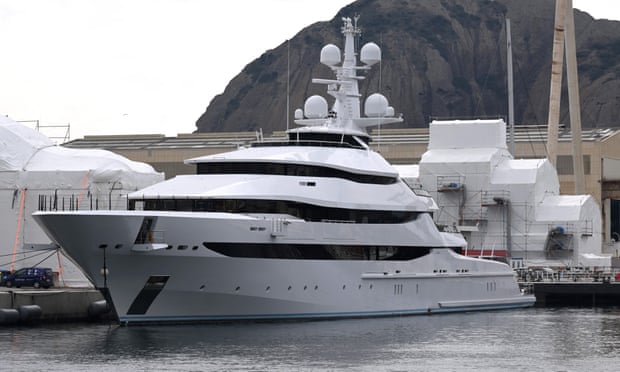Pivot to Europe or Asia? US Caught in a Dilemma
That the crisis in Ukraine has escalated to a full-scale war was both expected and a surprise for the U.S. When Vladimir Putin, backed against the wall, launched a furious counterattack, the U.S. seemingly had no available option other than to resort to imposing a weak set of sanctions.
Putin’s military operation has shattered the longstanding scorn others have held for Russia as a declining regional economy. It is as a great power that Russia is pursuing geopolitical aims. Putin evidently not only wants to block Ukraine's entry into NATO, but also wants to force the West to restructure Europe’s security architecture by repelling NATO’s 25-year continuous eastward encroachment. Whatever the facts on the ground may be, the U.S. finds this difficult to accept.
Over the past decade the U.S. has been rebalancing its policy toward the Asia-Pacific. Since Secretary of State Hillary Clinton’s 2011 proposal to pivot toward the Asia-Pacific, this policy has been firmly and consistently in force regardless of administration.
After he took office, Joe Biden restored America’s participation in the Iran nuclear deal, a deal Trump withdrew from, and has withdrawn U.S. troops from Afghanistan and redeployed combat forces around the world. At the same time, the Australian, British and American alliance AUKUS was established and so was the Japanese, Australian, Indian and U.S. Quadrilateral Security Dialogue. Regarding the economy, an Indo-Pacific economic framework was proposed, and a new Indo-Pacific strategy was announced, making the Indo-Pacific region a priority arena for the U.S. desire to counter China’s military and economic influence.
As far as U.S. strategy is concerned, it is a bad idea to engage China and Russia at the same time, something that would divide resources between the eastern and western fronts. From the perspective of the United States about the long term, China has infinite potential and so countering it should be the priority.
Yet, with the outbreak of the crisis in Ukraine, there have been calls to pivot back to Europe. As U.S. former senior diplomat P. Michael McKinley wrote in Politico, pivoting back to Europe should be the driving imperative. He wrote that “the drift away from Europe by the United States over the past 20 years in pursuit of wars and priorities elsewhere has been short-sighted.“ In the belief that Europe’s previous security architecture has changed, the U.S. now faces the same issue it did when NATO was established in 1949: preventing Russia from destroying the post-World War II peacekeeping structure.
In response to Russia’s actions, the U.S. and its Western allies will launch a new containment policy against Russia, intended to maintain the trans-Atlantic relationship and protect NATO. The U.S. will come to realize that its future is still intimately intertwined with events in Europe.
“Europe needs to be taken care of, but what about Asia?” Without doubt, Biden's Indo-Pacific strategy will have to face this looming question. As Kyodo News concluded, the U.S. needs to stop thinking that its only challenge is China.
Since the crisis began in Ukraine, U.S.-Russia relations have completely broken down, and the situation will now inevitably get worse. Instead of reducing the number of troops in Europe, the U.S. will have to increase them. The U.S. can no longer focus solely on China.
First, it will be difficult for the U.S. to free up enough resources to invest in the Indo-Pacific region. The Japanese newspaper Nikkei commented that if the U.S. military's plans to focus on China are hampered, the U.S. will face the challenge of establishing sufficient deterrence in the Taiwan Strait and the South China Sea to guarantee regional stability. Second, allies will find it difficult to follow and support U.S. objectives. Although NATO allies last year declared that China presented a “systemic challenge,” the intensifying challenge from Russia means Europe can only concentrate on strengthening its own defense. Over in Asia, Japan originally concluded that its greatest threat had shifted from Russia to China and transferred its main defense forces to the southwest. However, if Japan wants to support America in containing Russia, it must now implement a new policy.
A U.S. pivot to Europe would scatter its focus on Asia and China, and conversely, if the U.S. cannot effectively confront Russia, it will be exposed as weak and unable to honor its commitments. The crisis in Ukraine has caught the United States in a bind.

